Avalanche safety and knowing the risks of riding in avalanche terrain never get old. Snowmobilers should be prepared with the proper equipment and knowledge any time they sled in areas prone to slide. And even if you have the equipment and knowledge it doesn't hurt to brush up once in a while to keep your knowledge fresh.
Lori Zacaruk, co-owner of Zac's Tracs with her husband, offered to share at least some of the information she teaches during her Avalanche Skills Training Level 1 field day. She provided the photos of current conditions during the field day, showing what dangers might be lurking under the surface of the snow.
She said, "It is always more fun to take an avalanche class during unstable snow conditions because snowpits are way more interesting." The pictures, she said, show how the frost layers are acting up near the surface of the snowpack.
The field day took place in Golden, BC.
For more information on avalanche safety and upcoming training courses, contact Zac's Tracs (403) 938-5811 or lori@zacstracs.com.
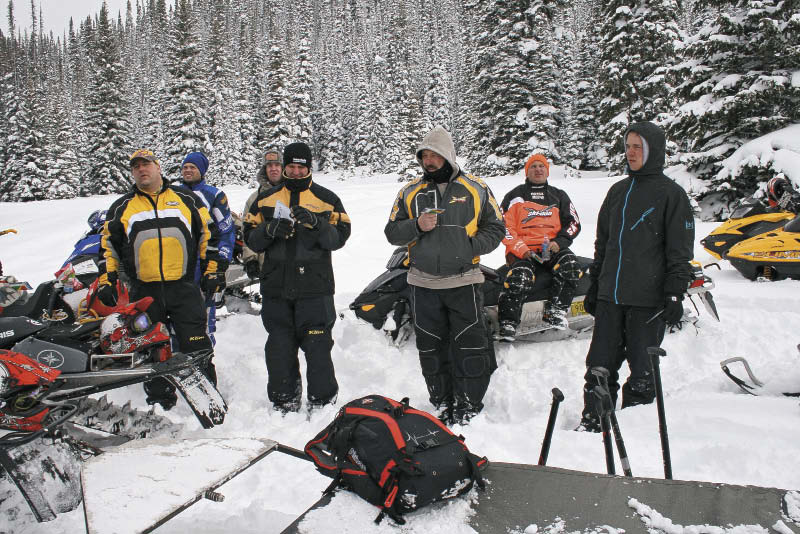
Field sessions give riders the chance to discuss real world situations. Zacaruk challenges the group to look around. "Take a step back and experience your day on a whole new level," she said. "Make observations related to weather, snow, terrain choices, your activities and the activities of other riders." Stability assessment can be challenging at a standstill. Consider that most of this info gathering and interpretation needs to happen instantaneously. Zacaruk pointed out, "As sledders we travel a lot faster than hikers, climbers or backcountry skiers. Wouldn't it make sense to invest some time into an avalanche course to develop skills and tools to support faster and more informed decision-making?"

What better way to learn than to share riding stories and then critique them with your newly educated buddies? The more you learn and the more you practice what you learn, the better you will be at sifting through your riding day to draw out the significant details.

We need to ride with more caution on days with poor visibility. Vital clues, such as recent avalanche activity, can be impossible to spot. Even in terrain that you are familiar with, riders often end up traveling riskier routes than on days when they can see the hazards. How can you avoid the hazard when you don't even know that it is there?

Snowpits are a great way to learn about the layers beneath your feet. Sure this training pit might look like a lot of work, but it doesn't take this long to dig an effective test pit. With the trenches our sleds leave these days, a person hardly needs a shovel.

There are always layers within the snowpack. What you really want to know is, how well bonded is the snow within a layer or how well bonded is the snow between two layers.

Sometimes by simply looking at the snowpit face you can see obvious layers. Other layers will be brought to your attention by pushing into the snow to feel the resistance or density of the snow at different points in the pack.

Some snowpit tests are performed on freestanding columns cut into the snowpack.

To isolate a column, clear the snow from three sides and cut the backside of the column. Now the snow can be stressed by applying various amounts of load to the top of the column. You are looking for the snow to collapse (drop) or shear (the snow will shift or slide between two layers).
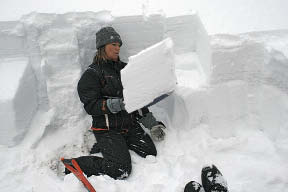
Another test can be applied to the surface layers of the snowpack by tapping on the bottom of your shovel. This "burp test" can help assess how well the fresh snow is bonding to the layer below
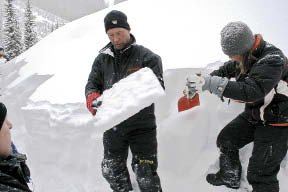
This thin layer had enough cohesion to hold itself together as Randy Zacaruk examined it. In general, cohesive snow is good thing. It gives sledders traction and creates strength in the snowpack.

Problems arise, however, when dense layers are poorly supported or bonded to less dense layers below. This is sometimes called an "upside down" snowpack. This is the recipe for a slab avalanche-avalanches that are most commonly associated with fatalities.

Tests can be performed on larger blocks of snow. Skiers perform "Rutschblock" tests by stepping sideways onto a wide column of snow with their skis. By bending the knees or jumping on the column they can test the load needed to fail the block.
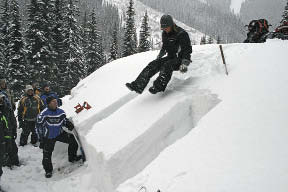
Nowhere near as scientific, but way more fun, is what Zacaruk calls the "butt" test. Depending on how touchy or how deep the instability is in the snow, Zacaruk might line two or three people up to jump together.
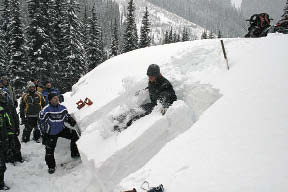
There was nice fresh snow on top so the landing was soft. You can see the top foot or so of the snow pulling away from the lower layers.

While the low density snow sitting on top of this weak layer may not pack a huge punch, consider the consequences if you triggered this weakness while traveling across a rock face or an area that might sweep you into a stand of heavy timber. About 30 percent of avalanche victims are killed by trauma.

This picture shows a newer snow test called the "propagating saw test." This time the column is 30cm wide but it is 1m long. The back side of the saw is drawn through an obvious weak layer. The saw removes all the bond or friction as it is drawn along the weak layer in the column.
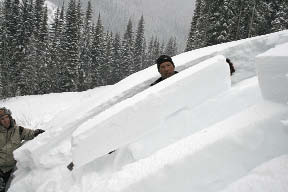
Once the stress of the snow exceeds the strength of the uncut area, the column will fail. The observer will compare the length of the cut versus the length of the column to assess how likely a weakness may propagate (travel) once triggered. Propagation propensity is an interesting concept to investigate. Although the snow may be weak and it may be possible for a rider to trigger a "sweet spot," if the failure in the snow is unable to propagate or travel through the snowpack, a local failure may result but not an avalanche.
For the snow to rip out and slide down the mountain the weak points need to be connected.
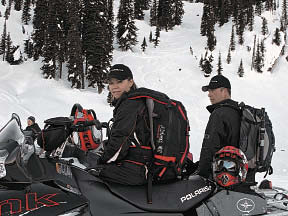
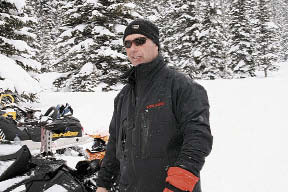
"There is something to learn in an avalanche course no matter your level of experience and access to the mountains," Zacaruk said. "Refresher courses are highly recommended. The weather and avalanche conditions are constantly changing so every course is unique."